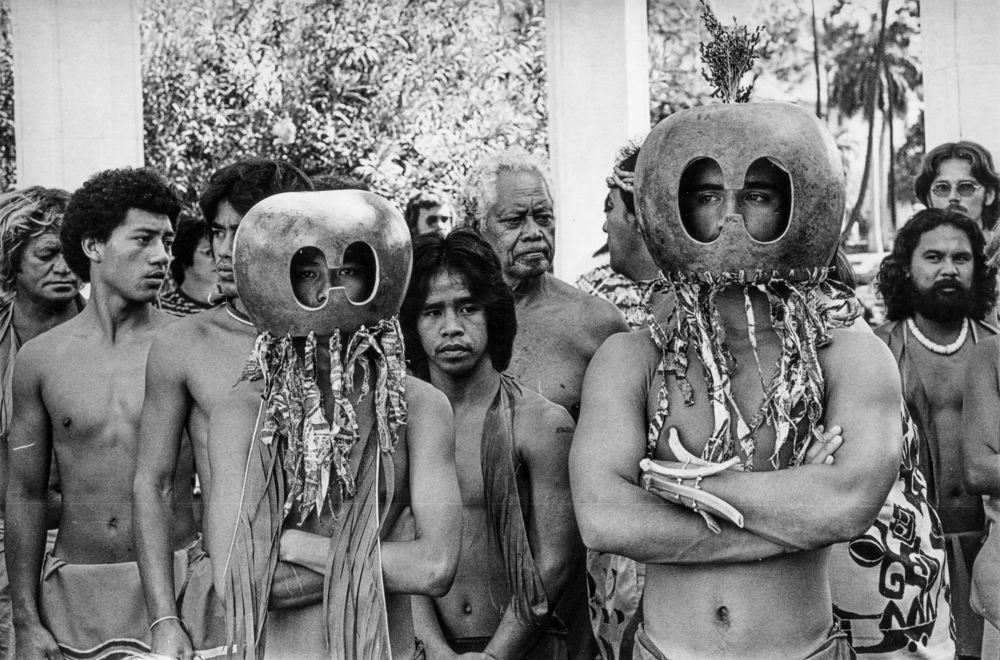Photographers on Photographers: Brandon Ng in Conversation with Ed Greevy - LENSCRATCH
For most people, the mention of Hawai’i evokes images of white sandy beaches, grass-skirt hula dancers, and tropical flora. And while one certainly can experience these things with a trip to the islands, you will find none of these in the photographs of E
For most people, the mention of Hawai’i evokes images of white sandy beaches, grass-skirt hula dancers, and tropical flora. And while one certainly can experience these things with a trip to the islands, you will find none of these in the photographs of Ed Greevy. Instead, what you will experience is an examination of a land and its native peoples riddled with a history of violence, oppression, and exploitation. Greevy first came to Hawaiʻi in 1960, the year after its status change from US territory to the 50th state. Drawn here by the desire to surf, Ed quickly realized that the simple act of riding waves could not escape the upcoming struggles for land brought about by US statehood. Finding himself in the middle of rapid urban development and a transition from an agricultural to a tourism-driven economy, Greevy focused his camera on those most affected by these desires, Native Hawaiians and their land. The result is thousands of photographs spanning over three decades, illuminating the most pressing social and political issue of the times. Images of demonstrations opposing evictions of Kalama valley and Sand Island residents, military occupation of Mākua valley and Kahoʻolawe, and marches commemorating the 100th anniversary of the overthrow of the Hawaiian monarchy are all fixed into negatives of Ed Greevy; ready to view for those who are willing to observe. I first discovered Greevy’s photographs during my undergraduate studies at the University of Hawaiʻi at Mānoa.
